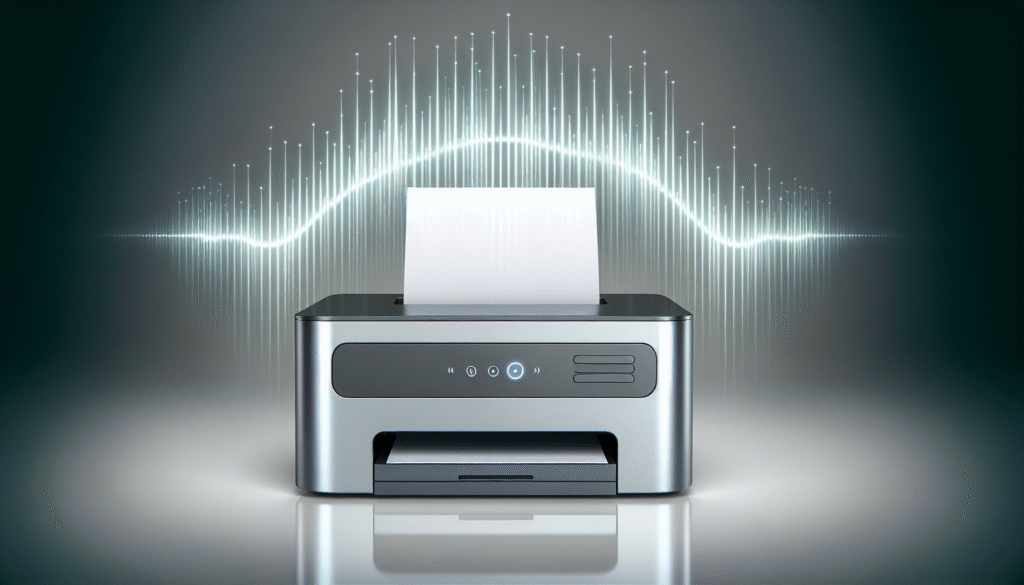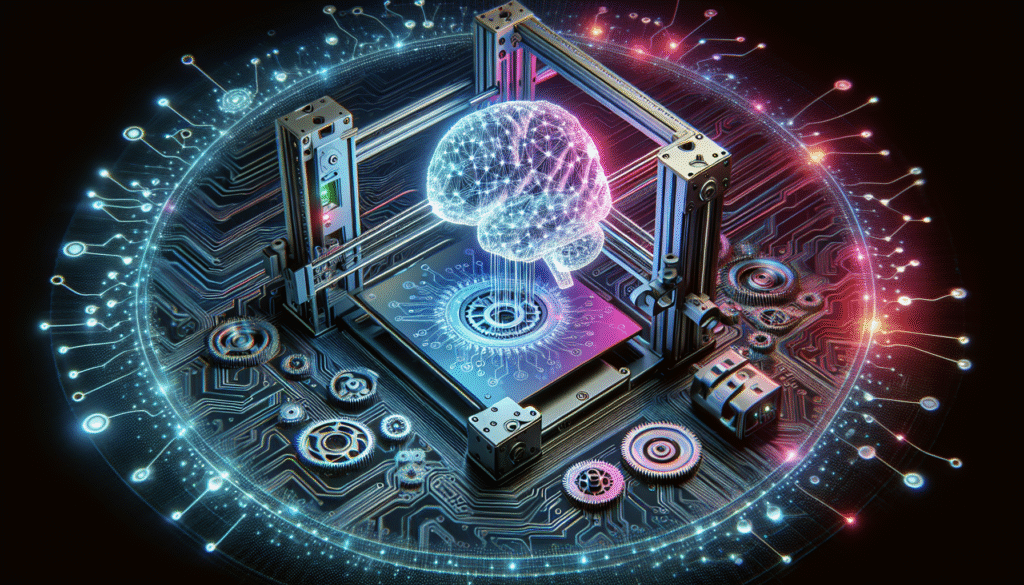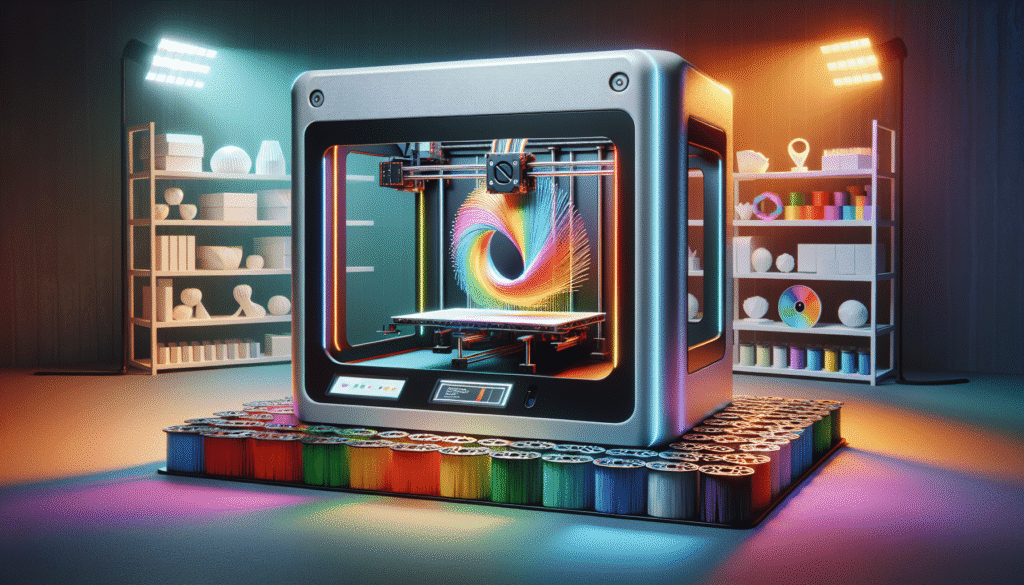Have you ever wondered if 3D printers are becoming as common in households as microwaves or coffee makers? It’s a curious thought, isn’t it? Once relegated to the realm of sci-fi and high-tech labs, 3D printing is now creeping its way into our everyday lives. As I sit down to explore this fascinating subject, I’m struck by how far we’ve come and how unique the journey has been toward mainstream adoption. So, grab your favorite beverage—coffee or tea works just fine—and let’s chat about consumer 3D printing trends, how people are adopting them, and what it all means for our wallets.
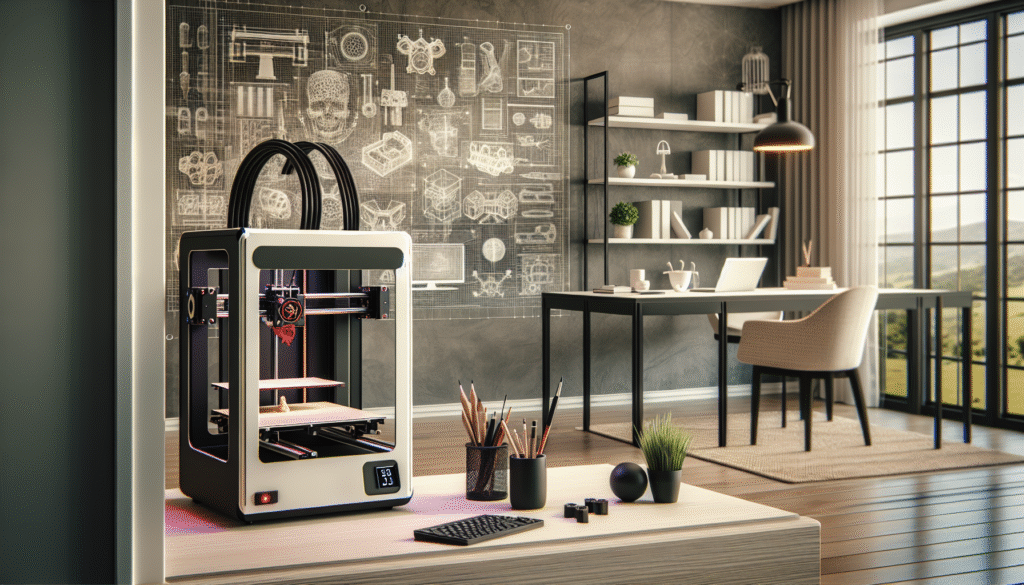
The Evolution of 3D Printing
Let’s start with a quick history lesson, shall we? 3D printing, or additive manufacturing, has been around since the 1980s. Its roots are far from the consumer market—it began as a tool for industrial prototyping. At the time, if you’d suggested grandma might one day print her own crochet hooks at the kitchen table, you might have been met with blank stares or polite nods. But like all good technology, 3D printing evolved. It became more user-friendly and less expensive, leading to the consumer-grade printers we’re beginning to see today.
From Industry to Living Room
Initially, 3D printing was largely the domain of companies and researchers. However, as costs decreased and awareness grew, a new market emerged—the everyday user. This shift wasn’t overnight, and it certainly wasn’t without its hurdles. Yet, the potential for customization, creativity, and cost-effectiveness captured the imagination of hobbyists, educators, and more recently, average consumers.
Adoption Patterns: Who’s Embracing 3D Printing?
Now, let’s gossip—who’s actually buying these printers? You might be surprised. Early adopters were generally tech enthusiasts and hobbyists, but a wider array of individuals and groups are joining the fray.
Hobbyists and Tech Enthusiasts
It’s the hobbyists and enthusiasts who have always been the lifeblood of consumer 3D printing. Whether it’s artists crafting unique sculptures or engineers prototyping new designs, these individuals are captivated by the endless possibilities 3D printing offers. There’s something about creating tangible objects from mere computer files that sparks joy in this group.
Educators and Students
Education has seen a notable surge in 3D printer adoption. Schools and universities have embraced this technology as a means to enhance learning experiences. Picture students designing their own models and seeing them come to life. This hands-on approach to learning is gaining a lot of traction.
Gesundheit! Healthcare’s Unexpected Print Revolution
Who would have thought healthcare would join the 3D printing bandwagon? But here they are, using this technology in innovative ways. Customized medical devices, prosthetics, and even bioprints are becoming increasingly common. While not exactly a typical consumer purchase, it’s a fascinating realm of advancement.
Average Consumers
This is where the story gets really interesting. As prices drop and user interfaces become more intuitive, everyday consumers are beginning to see the appeal. Whether it’s printing household items or indulging in a creative outlet, people are finding more reasons to bring 3D printers into their homes.
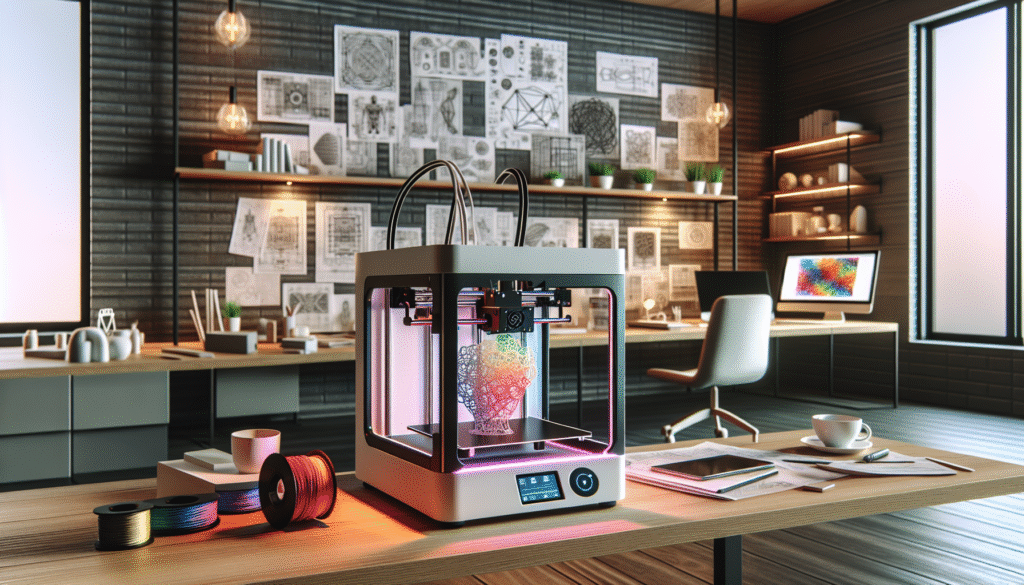
The Price Point Conundrum
Of course, our wallets often dictate how quickly we can embrace new technology. So, let’s tackle the big question—how affordable are these gadgets?
Entry-Level Options
For those just dipping their toes, entry-level models can be quite accessible. Ranging from approximately $200 to $500, these printers often come with basic features intended to make 3D printing approachable for everyone. While they might not suit complex projects, they’re perfect for beginners.
Mid-Range Marvels
Then, we have the mid-range options, priced between $500 and $2000. These offer more advanced features—a wider variety of print materials, better resolution, and increased reliability. For passionate hobbyists, these models balance capability with cost.
High-End Machines
Finally, we arrive at the high-end machines. At upwards of $2000, these printers provide professional-grade quality and numerous features. They’re ideal for those who need precision and consistency—artists, designers, and small business owners often consider these models worth the investment.
Here’s a handy table to compare the price points and features:
| Price Range | Features | Ideal For |
|---|---|---|
| $200 – $500 | Basic features, easy-to-use | Beginners, Casual Users |
| $500 – $2000 | Advanced features, versatile materials | Hobbyists, Educators |
| $2000+ | Professional quality, high precision | Artists, Designers, Businesses |
Barriers to Entry: What’s Holding Us Back?
It wouldn’t be a fair conversation without addressing the elephant in the room: the barriers to 3D printing adoption. While we’re making strides, some obstacles remain.
Knowledge Gap
Remember setting up a new phone? Now, imagine doing that with your computer. For many, 3D printers still harbor a steep learning curve. The software, the calibration, the troubleshooting—it can be daunting. For the less technically inclined, this is a significant barrier.
Maintenance and Upkeep
Unlike a toaster, 3D printers require regular maintenance. Calibration and cleaning are part of the package. For some, the prospect of regular tinkering might be a deterrent.
Quality and Speed
Despite advancements, not all 3D printers produce perfect results consistently. Factors like print speed and quality continue to improve, but they can still vary significantly. Patience is a virtue in 3D printing; prints can take hours to complete.
Looking Forward: Trends Shaping the Future
So, where are we headed? The future of consumer 3D printing looks promising, with several trends paving the way forward.
Increased Personalization
One of the most exciting trends is personalization. Imagine creating products tailored exactly to your specs—whether it’s fashion, décor, or tools. We’re moving towards a world where personalization isn’t just possible, but expected.
Sustainable Practices
3D printing aligns well with sustainable practices. It reduces waste by using only the necessary amount of material for each product. As this technology continues to advance, we can anticipate even more eco-friendly initiatives.
Enhanced Printer Capabilities
The capabilities of 3D printers are expanding. New materials are continuously being developed, allowing for a wider range of applications. We’re not just talking about plastics anymore—metals, ceramics, and even food are entering the fray.
Integration with Smart Home Technology
We live in an era of smart devices. It’s only logical for 3D printers to integrate with our smart homes. Picture a future where you can control and monitor your printer from your smartphone or through voice commands. The convenience could be extraordinary.
The Social Impact of 3D Printing
Finally, let’s touch on something a bit less technical—how 3D printing is affecting us socially and culturally.
Empowering Creativity
Perhaps one of the most gratifying impacts of 3D printing is how it empowers creativity. Artists and creatives can bring their visions to life in unprecedented ways. The technology encourages innovation and experimentation, fueling a new wave of artistic expression.
Community and Collaboration
3D printing fosters a strong sense of community. Makerspaces and online forums have sprung up, where enthusiasts share designs, tips, and experiences. Collaboration and knowledge-sharing are prominent, bringing people together in unique ways.
Accessibility and Inclusivity
Lastly, 3D printing is making strides in accessibility and inclusivity. Custom prosthetics and assistive devices are becoming more affordable and tailored to individual needs. This innovative approach is improving the quality of life for many.
Conclusion
As I wrap up this little exploration, I’m reminded of the vast potential 3D printing holds. From artists to average consumers, from entry-level machines to professional devices, the world of 3D printing is diverse and ever-evolving. The journey towards mainstream adoption may have its roadblocks, but the destination promises to reshape the things we make—and how we make them. So, keep an eye on this space. Who knows, maybe the next time we chat, we’ll be discussing how everyone on your street owns a 3D printer. It’s a thrilling time to ponder the possibilities and admire the strides we’re making into the future of creation.
